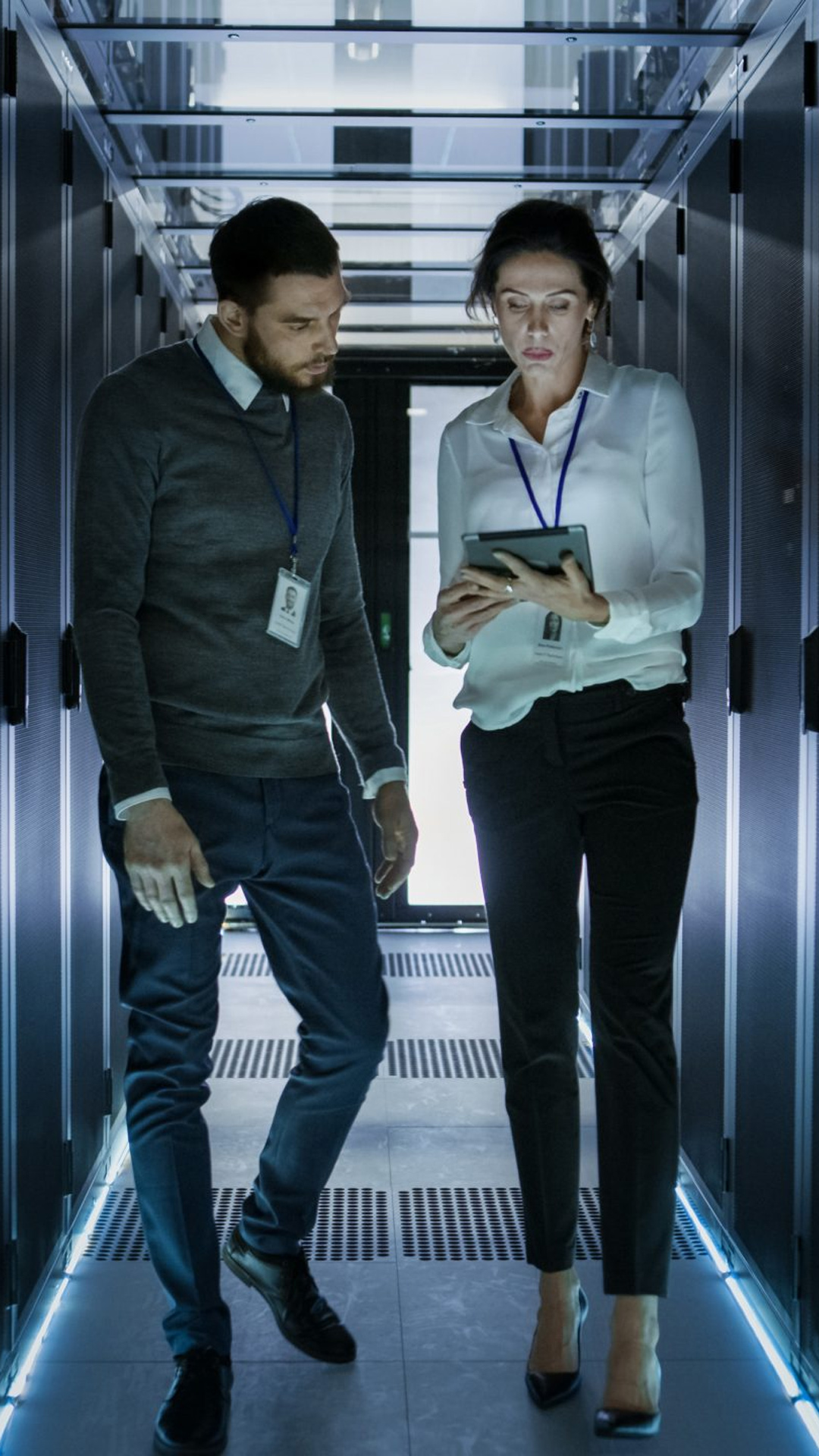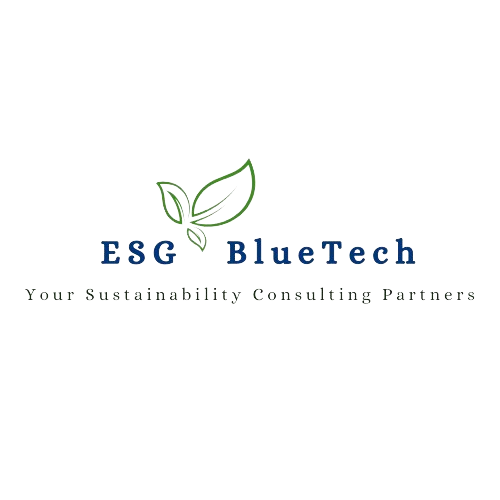Building Eco‑Conscious Digital Experiences
In today’s digital society, your website isn’t just a storefront—it’s a declaration of values. A compelling user experience, efficient performance, and a minimal digital carbon footprint are now essential.
At ESG BlueTech, we specialize in crafting sustainable web design that balances eco‑friendly architecture, accessibility, and sustainability science. The result: high-impact sites that are energy-efficient, inclusive, and resilient.
Why Invest in Sustainable Web Design?
Modern web infrastructure carries an environmental cost. Large image files, excessive APIs, and bloated code may invisibly contribute to excessive energy consumption and CO₂ emissions. But beyond pounds of carbon, these inefficiencies degrade user experience—causing slow page loads, high bounce rates, and negative brand impressions.
To address this, we focus on building sustainable sites that are purpose-built, cleanly coded, and performance-optimized. That means faster load times, improved accessibility, and measurable reductions in energy use and server demand. A well-designed, energy-efficient site not only supports digital sustainability, it also strengthens SEO performance and aligns with corporate ESG disclosures.
By choosing a sustainable approach, you’re not just investing in technical upgrades—you’re signaling leadership. In an age where regulators, consumers, and B2B customers expect climate accountability, your site becomes a measurable asset in your environmental stewardship.

How We Design with Sustainability in Mind
Our process balances ecological responsibility with design excellence and performance. It unfolds in three comprehensive stages:
1. Audit & Strategy
We begin with a deep dive into your current website’s carbon and performance profile. As part of our sustainability test, we benchmark your site using tools that simulate real-world interactions—desktop, mobile, and global user flows.
We evaluate server energy consumption (including hosting powered by renewable sources), CDNs, asset sizes, and code efficiency. This audit paints a clear picture: an estimate of how much energy your site uses, how much CO₂ it emits per visit, and where inefficiencies lie.
We then craft a strategy rooted in sustainability science and aligned with your business goals. You’ll get a holistic roadmap highlighting the most impactful opportunities—from image optimization and script reduction to hosting migration and inclusive design improvements.

2. Design & Development
Sustainability comes alive in our design and development phase. We build with a mobile-first mindset, prioritizing a clean user interface supported by modern frameworks and semantic HTML. Images and media are served in compressed formats (WebP/AVIF) and responsively scaled. Lazy loading keeps performance lean. Animations and interactivity are purpose-indicative, minimizing CPU usage.
Accessibility is embedded from day one:
keyboard navigation, screen reader compatibility, alt text on images, and logical headings. These practices support digital equity and broader sustainability goals since inclusive design reduces data error, reloading, and friction—leading to fewer carbon emissions.
Behind the scenes, we leverage lightweight CSS, clean JIT JavaScript, and carbon-aware architectural patterns. Energy-efficient hosting, serverless APIs, and green CDN configurations make the infrastructure future-proof and aligned with eco‑friendly website design.

3. Deployment & Continuous Monitoring
Once liv, your site enters a regime of continuous optimization. We integrate carbon and performance metrics directly into your CMS and analytics dashboard—tracking load speed, first paint, and emissions per page view. Quarterly sustainability tests re-measure your CO₂ profile, identifying regressions or opportunities for updates.
Periodic audits ensure your site doesn’t grow bloated over time. Training content teams in lightweight production tools means your ongoing workflows remain low impact. And as your brand evolves, your site remains resilient—ready for multilingual expansion, new accessibility standards, or emerging environmental compliance frameworks.
Who Benefits from a Sustainable Website?
Our approach serves a diverse spectrum of digital-forward organizations:
From purpose-driven brands embedding sustainability in the digital age to public sector and education platforms bound by accessibility mandates, a sustainable website is a fit. Tech companies, SaaS products, and agencies migrating legacy systems also benefit, as do organizations seeking future-proof, renewable-hosted, inclusive digital systems.
Whether you’re an enterprise reducing global hosting costs or a boutique that wants every image optimized, sustainable design scales to all needs. We guide plug-and-play CMS users and headless architects alike toward lower emissions and stronger user experiences.

Eco-Friendly Website Design - FAQ
While upfront investment may be similar to standard redesigns, the ROI is tangible. You’ll see faster load times, reduced hosting fees, stronger SEO rankings, and better conversion rates—plus emissions savings that contribute to your ESG story.
We use independent carbon calculators to estimate CO₂ per page load. Metrics are integrated into your dashboard, making your website’s emissions visible and reportable.
Absolutely. We use thoughtful imagery, purposeful animations, and strong brand identity—while ensuring assets are optimized to minimize processing load. Sustainability and aesthetic quality go hand in hand.
We work within your existing ecosystem—WordPress, Shopify, Drupal, headless frameworks, or custom stacks—optimizing and retrofitting as needed. If needed, we also guide hosting migration to verified green infrastructure providers.
In practice, accessible sites are faster. Semantic markup, alt text, and keyboard navigation reduce complexity and enhance structure—bolstering SEO and lowering energy usage.
Start Your Sustainable Web Project
Your website has the potential to be more than a marketing channel—it can lead your climate strategy, digital ethics, and operational agility. With ESG BlueTech, you gain a partner who understands the intersection of technology, sustainability, and brand responsibility.
